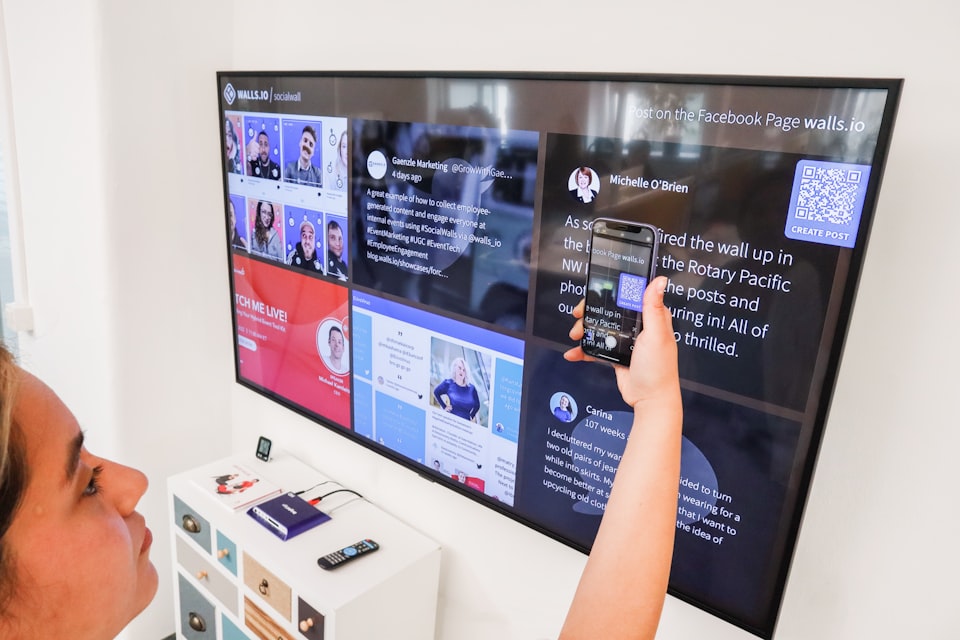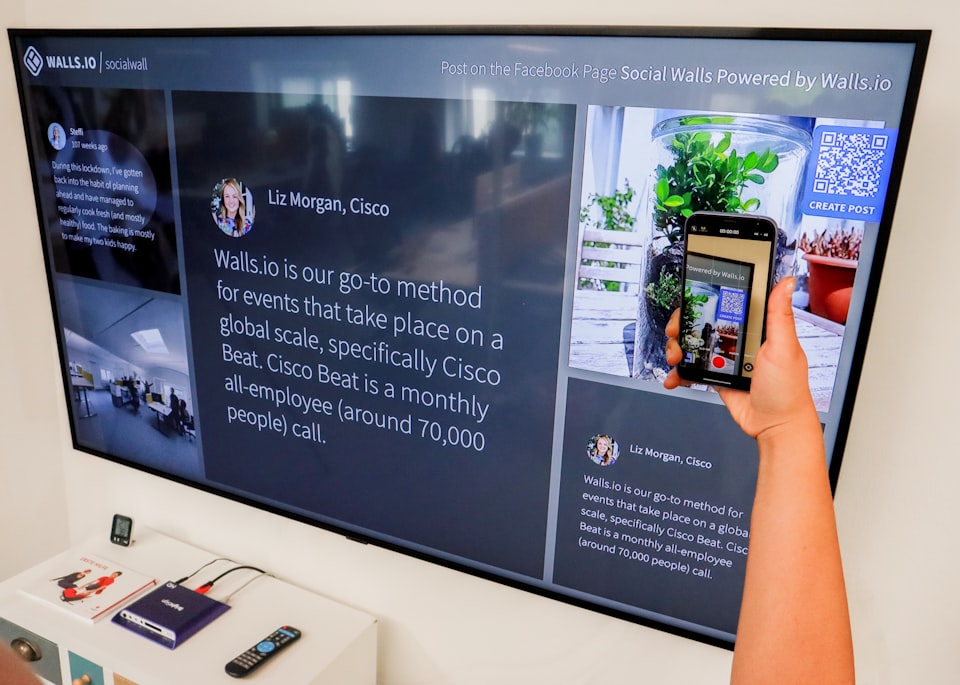Phygital QR Geolocation & NFC

Phygital experiences can be enhanced by combining QR codes, geolocation, and NFC (Near Field Communication) technology.
QR codes (Quick Response codes) are a type of barcode that can be scanned using a smartphone camera. They are often used in phygital experiences to connect physical objects with digital content, allowing consumers to access additional information or engage with brands in new ways. Geolocation technology can help track the location of a user's device to provide location-based services such as personalized recommendations, promotions, or event schedules. NFC technology, on the other hand, allows for contactless communication between devices, making it ideal for payment systems, access control, or data transfer.
Here are some examples of how QR codes, geolocation, and NFC technology can be combined in phygital experiences:
In retail, customers can use their smartphones to scan QR codes to access product information, and geolocation technology can be used to send personalized promotions or recommendations based on their location within the store. NFC technology can be used for contactless payment systems or access control to restricted areas.
In events, QR codes can be used to access event schedules or personalized content, and geolocation can provide real-time information about the location of the attendee within the event. NFC technology can be used for access control to VIP areas or contactless payment systems for food and beverage purchases.
In tourism, QR codes can be placed at different locations to provide information about landmarks, historical sites, or restaurants, and geolocation technology can provide personalized recommendations based on the user's location. NFC technology can be used for contactless payment for public transportation or access to attractions.
Overall, the combination of QR codes, geolocation, and NFC technology can provide a seamless and integrated experience for customers, enhancing engagement, and providing valuable data for businesses.




